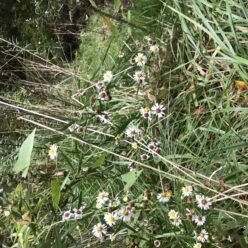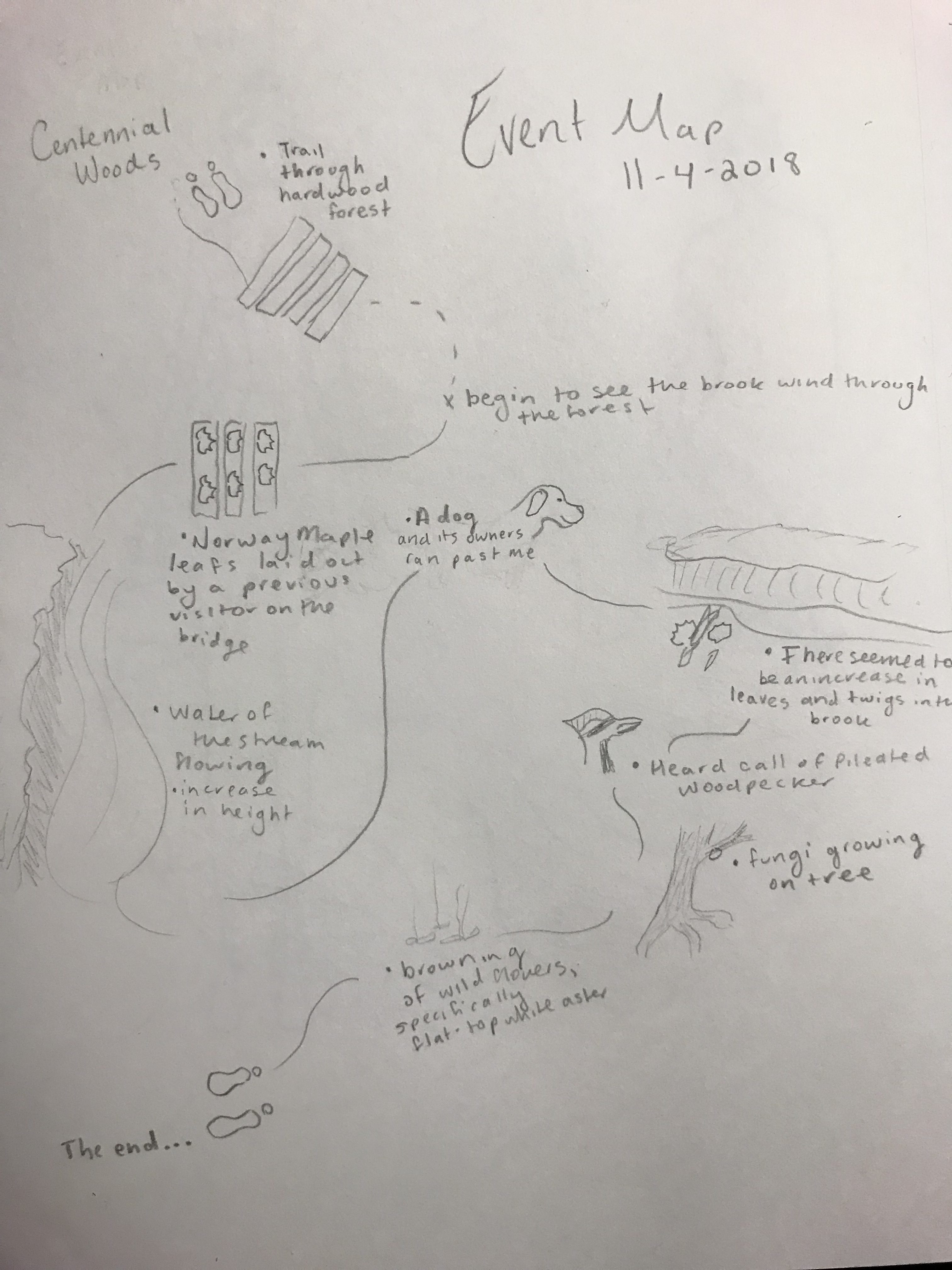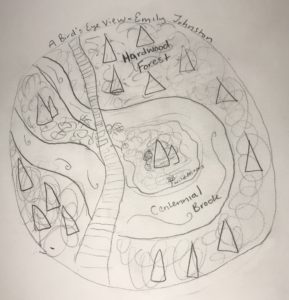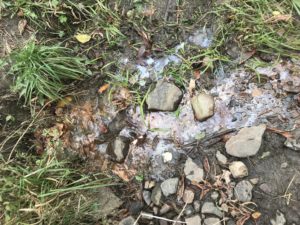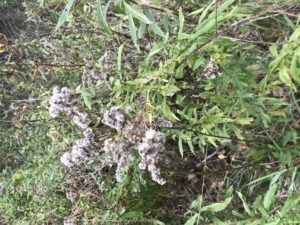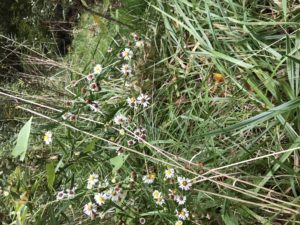https://www.google.com/maps/d/edit?hl=en&mid=1RI5_OeeZ3fPA8pX435qFxAB-WflRcNIH&ll=40.86331910029348%2C-74.25979256479025&z=18
Green Brook is a small brook that runs in the woods behind a local park that is around the corner from my house. You get to it by walking past the second baseball diamond and entering down a dirt path where the brook is in view. An Eagle Scout project gave this brook a bridge, which connects to an Oak/Hickory forest (if one can call it a forest.)
Here are some photos:
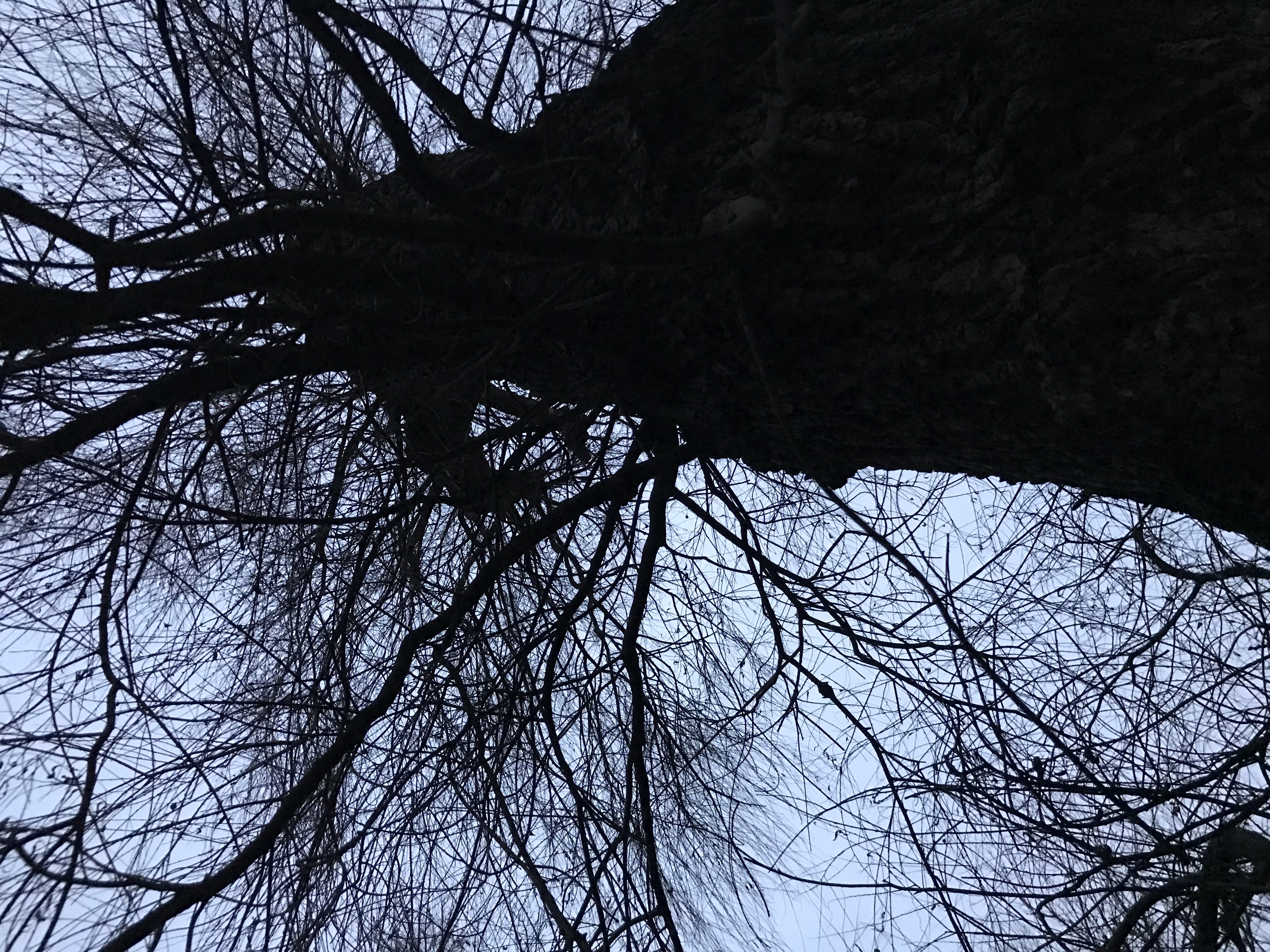
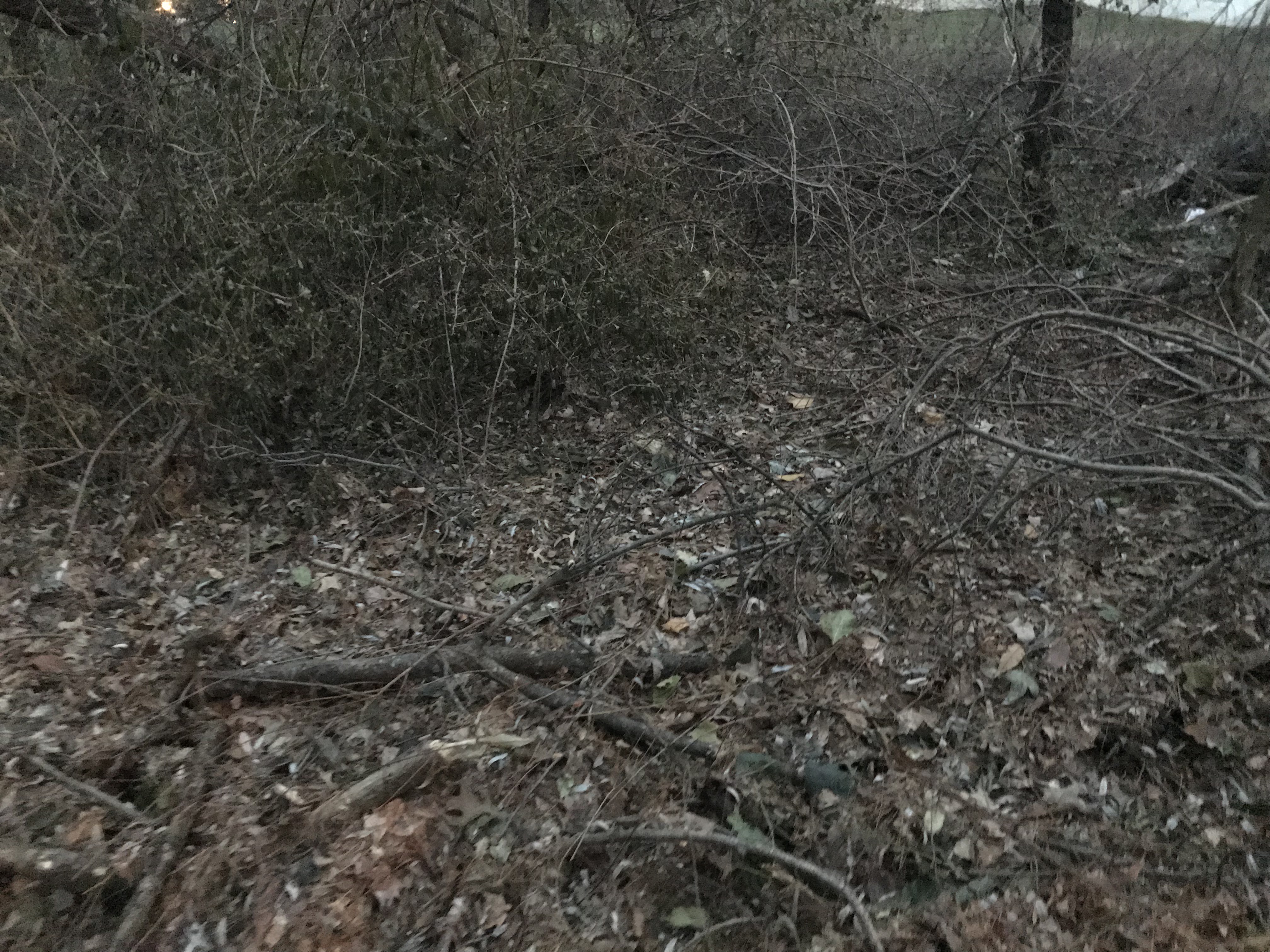

Here is a picture of the brook from 2013. Since this time, the site has been disturbed by teenagers, hunters, and animals.
